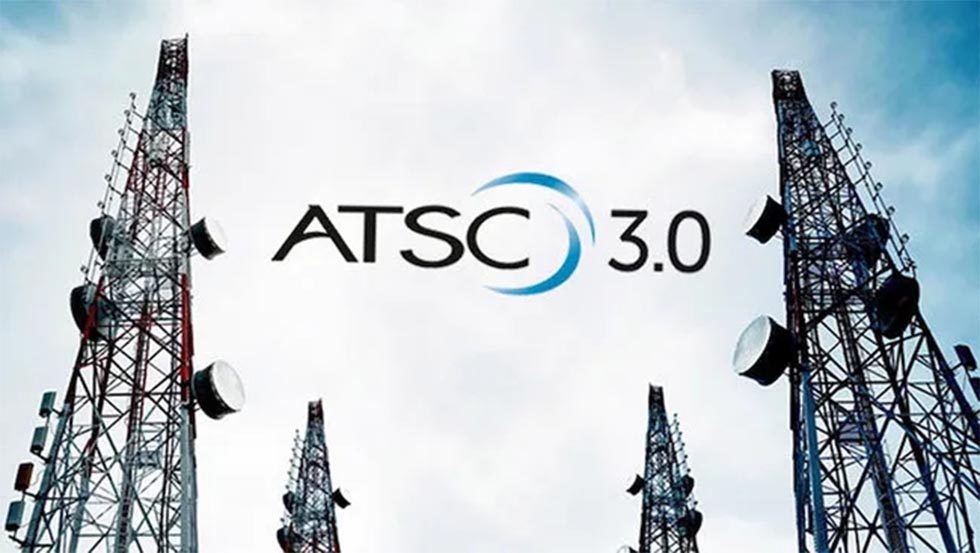Repercussions of Wheeler's 'Online Video' Blog
WASHINGTON—FCC Chairman Tom Wheeler is seeking to put broadband/online video onto a level playing field with cable and satellite carriers, including their relationships and requirements to retransmit broadcast channels. In his blog this week “Tech Transitions, Video, and the Future,” Wheeler spelled out his vision for a là carte program or channel delivery as well as giving “Internet video services ... access to” broadcast content.The blog is a prelude to a Notice of Proposed Rulemaking that will be another notch on Wheeler’s Open Internet agenda.
Although Aereo is never mentioned in Wheeler’s blog, the demise of that wireless Internet service provider is clearly part of the chairman’s impetus. Wheeler’s focus on “Competition, Competition, Competition” coincides with his eagerness “to update video competition rules so our rules won’t act as a barrier to this kind of innovation.”
Fundamentally, Wheeler wants Internet-delivered video to operate with the same ground-rules as cable and satellite TV, especially when it comes to access to broadcast programming.In the acronym-speak of Washington, that means OVPDs (Online Video Program Distributors - i.e. broadband carriers and Internet Service Providers such as Verizon, Comcast, AT&T, Cox)would be treated the same as MVPDs (Multichannel Video Program Distributors aka Comcast, DirecTV, Time Warner Cable, Cox, Dish).
True to his Democratic roots, Wheeler is looking for a “level playing field” in which Internet TV operators could carry conventional linear broadcast channels if they wish. OVPDs would have the same ability to negotiate with broadcasters that DBS got in 1992.His plan does not assure carriage since financial deals would still have to be cut.
He characterized such deals as a 21st century definition for video delivery that is technology-neutral, assuring that IP and wireless broadband video delivery are always in the discussion going forward.
Wheeler’s blog and NPRM vision could also set the stage to crack down on cable operators if they start to abandon their current tiered, linear channel structure and migrate their networks to the broadband platform, enabling more a là carte channels or shows.One way to look at Wheeler’s blog is as a warning message to cable companies: If they try to become OVPDs, the FCC will not tolerate it.
Not surprisingly, the National Cable & Telecommunications Association, which Wheeler headed three decades ago, was among the first to snap back with warnings about “profound” implications for government to extend regulation to Internet video services.NCTA challenged whether “any would-be virtual MVPDs will meet their ‘social compact’ obligations.”
CTIA: The Wireless Association, which Wheeler headed from 1992-2004, did not issue a statement.Most other reactions so far have taken a “wait for the NPRM” stance.For example, in response to Wheeler’s proposal for online video distribution, NAB issued a pro-forma acknowledgement:
“NAB welcomes video distribution platforms that legally deliver local TV content to consumers when and where they want it. We look forward to engaging with the FCC to ensure that this new competition enhances rather than undermines localism.”
Some analysts focused on Wheeler’s intent to break the cable industry’s long-standing resistance a là carte programming, which OVPDs could do.Wheeler’s tone seems to be that the FCC will not look kindly if MSOs try to stymie competition by moving content to broadband. This will get into some sticky policy issues, especially with program distribution contracts that restrict how shows that are scheduled for linear delivery can be used in video-on-demand situations. The problem gets even more complicated with vertical integration, notably Comcast and its NBCU networks.
Coming on the heels of recent video streaming announcements from CBS, Home Box Office and other networks, Wheeler’s stance appears to encourage such over-the-top delivery strategies. Since PBS, Disney/ABC, Hulu, CNN and other networks are already offering their content via various online platforms, Wheeler’s blog is a further endorsement of the multi-platform future.
By invoking his Open Internet agenda several times within the blog, Wheeler offered a reminder that related issues—notably, ‘net neutrality—will be part of the upcoming discussion in the NPRM.The OVPD issue will also be woven into the Incentive Spectrum Auction debate, since the wireless carriers who win those airwaves will most likely use some of the bandwidth to transmit online video.
Wheeler will have barely two years to push his Open Internet agenda through the commission, including the inevitable follow-up court suits and legal battle.
The blog, worth reading for its historical perspective and its insights into the chairman’s goals, is the opening statement in the next battle about the future of TV as well as the outlook for the Internet.
Gary Arlen is president of Arlen Communications LLC, a Bethesda, Md. research and consulting firm.
Get the TV Tech Newsletter
The professional video industry's #1 source for news, trends and product and tech information. Sign up below.
Gary Arlen, a contributor to Broadcasting & Cable, NextTV and TV Tech, is known for his visionary insights into the convergence of media + telecom + content + technology. His perspectives on public/tech policy, marketing and audience measurement have added to the value of his research and analyses of emerging interactive and broadband services. Gary was founder/editor/publisher of Interactivity Report, TeleServices Report and other influential newsletters; he was the long-time “curmudgeon” columnist for Multichannel News as well as a regular contributor to AdMap, Washington Technology and Telecommunications Reports; Gary writes regularly about trends and media/marketing for the Consumer Technology Association's i3 magazine plus several blogs.

